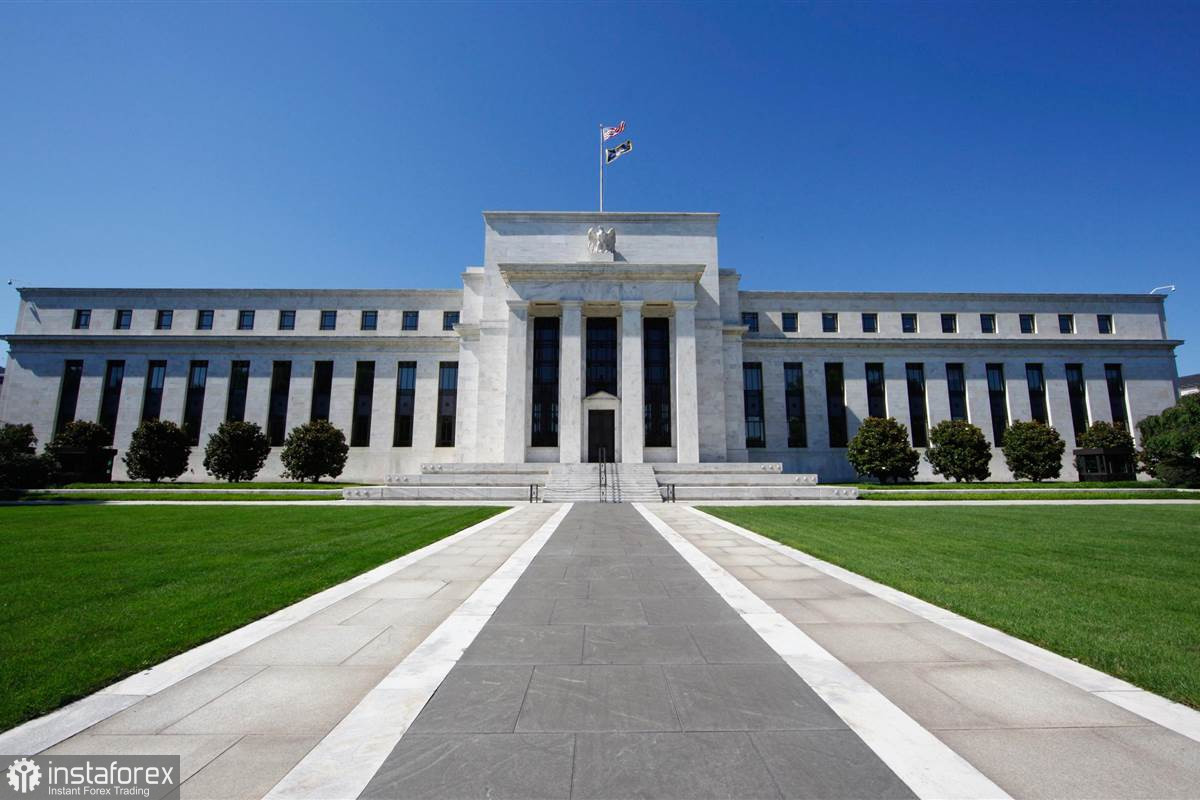
Yesterday's macroeconomic calendar was full of important releases from the United States, including the second estimate for third-quarter annualized GDP growth. Although economic growth accelerated to 2.1% on a quarterly basis, the markets expected the indicator to increase by 2.2%. The report on durable goods orders, which was once very important and regularly provoked strong movements, turned out to be weaker than forecasts and did not cause any reaction. Thus, the entire package of US statistics did not exert pressure either on the greenback or the US stock market. Yesterday, the US dollar remained near its annual highs against the euro and the pound sterling, while US stock indices continued trading near their historic highs. In the late trade, the minutes from the Fed meeting held on November 3 were also published. As we noted yesterday, that report might be interesting in terms of the number of Fed members supporting a faster pace of the QE program tapering or earlier interest rate hikes. Considering the way the US dollar has been gaining in value in recent weeks, it could be assumed that the markets are waiting for both steps.
However, in reality, the minutes did not have a severe impact on the dynamics of the markets. The Monetary Committee announced that it was planning to maintain a flexible approach to changes in its monetary policy strategy and would not hesitate if necessary to combat high inflation. Several FOMC members spoke in favor of an earlier-than-planned interest rate hike (the second half of 2022), while some believe that it would be a wise decision to taper the stimulus program at a faster pace. However, the second point came as no surprise to investors, since a week earlier the majority of FOMC members delivered speeches. For instance, St. Louis Federal Reserve President James Bullard advocated for the central bank to take a more aggressive approach to the stimulus wind-down. As for the first point, market participants might have guessed it, given high inflation. What matters now is how the market responds to this information. We still believe that the US dollar's recent rally was mainly triggered by market expectations of the Fed's monetary policy tightening. Therefore, if most market participants see yesterday's report as a hint of a new monetary tightening cycle as early as December, the greenback will most likely continue gaining in value. Speaking of US indices, the stock market is not being weighed down by the decisions made by the FOMC and the rhetoric of some members and Jerome Powell who is likely to remain the head of the US Federal Reserve for a second term. This compels us to reflect on the bubble and worry about its possible bursting. Now it turns out that stock indices are edging higher despite negative factors. However, the reverse should be the case. As the regulator tightens monetary policy, the stock market is supposed to at least correct.
 English
English 
 Русский
Русский Bahasa Indonesia
Bahasa Indonesia Bahasa Malay
Bahasa Malay ไทย
ไทย Español
Español Deutsch
Deutsch Български
Български Français
Français Tiếng Việt
Tiếng Việt 中文
中文 বাংলা
বাংলা हिन्दी
हिन्दी Čeština
Čeština Українська
Українська Română
Română

